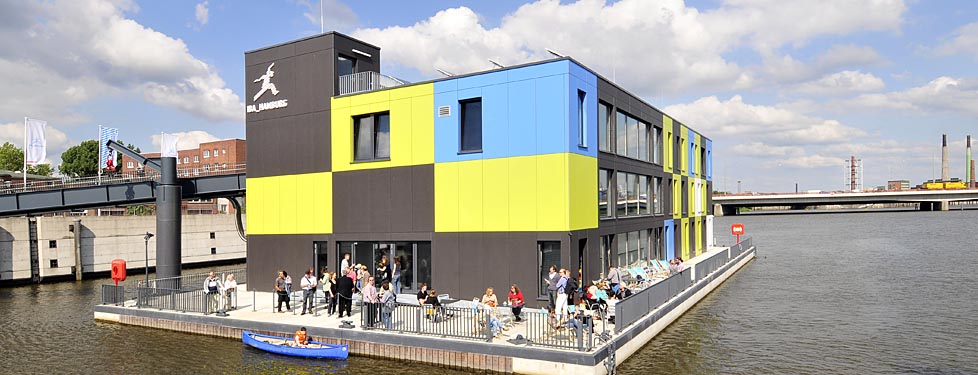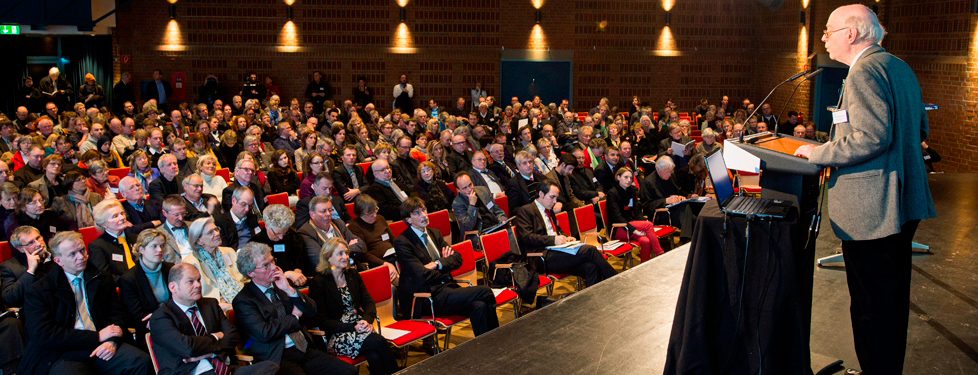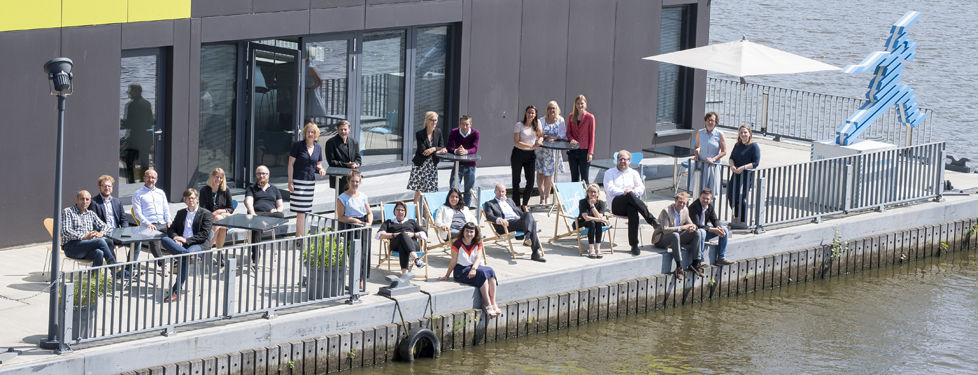The quest for clean and sustainable energy sources has led to significant advancements in the field of hydrogen fuel cells. One of the key challenges in harnessing hydrogen as an energy carrier is the separation of hydrogen and oxygen gases from water. In recent years, reversible hydrogen fuel cells have emerged as a promising solution for this task. In this article, we will explore the workings of reversible hydrogen fuel cells and their role in efficiently extracting hydrogen and oxygen from water.
Understanding Reversible Hydrogen Fuel Cells:
Reversible hydrogen fuel cells, also known as reversible proton exchange membrane fuel cells (PEMFCs), are a variant of traditional PEMFCs. While conventional PEMFCs generate electricity from hydrogen gas, reversible fuel cells can operate in reverse mode, enabling the production of hydrogen and oxygen gases from water.
Mechanism of Action:
Reversible hydrogen fuel cells operate through a series of electrochemical reactions that take place within the cell. Let's dive into the detailed process:
1. Electrolysis Mode:
In the electrolysis mode, an external electrical current is supplied to the reversible fuel cell, initiating the splitting of water molecules into hydrogen and oxygen gases.
- At the anode:
2H2O (liquid) → 4H+ (protons) + 4e- (electrons) + O2 (oxygen gas)
- At the cathode:
4H+ (protons) + 4e- (electrons) → 2H2 (hydrogen gas)
When the electrical current is applied, water molecules at the anode are oxidized, releasing protons (H+) and electrons (e-). The protons migrate through a proton exchange membrane to the cathode, while the electrons flow through an external circuit. At the cathode, the protons and electrons combine, resulting in the production of hydrogen gas.
2. Fuel Cell Mode:
During the fuel cell mode, hydrogen gas and oxygen gas are supplied to the reversible fuel cell, which then generates electrical energy through the reverse reaction.
- At the anode:
2H2 (hydrogen gas) → 4H+ (protons) + 4e- (electrons)
- At the cathode:
O2 (oxygen gas) + 4H+ (protons) + 4e- (electrons) → 2H2O (liquid)
In this mode, hydrogen gas is oxidized at the anode, releasing protons and electrons. The protons migrate through the proton exchange membrane to the cathode, while the electrons flow through an external circuit, generating electrical power. At the cathode, oxygen gas combines with protons and electrons to form water.
Note: This animation from FREUDENBERG Youtube Channel will remove your confusion about Electrons migration and producing Electricity.
Efficiency and Advantages:
Reversible hydrogen fuel cells offer several advantages over traditional electrolysis methods for hydrogen production. Firstly, they are highly efficient, allowing for the conversion of electrical energy into chemical energy (hydrogen) with minimal energy loss. Secondly, these fuel cells can be integrated with renewable energy sources, such as solar or wind power, enabling sustainable hydrogen production. Furthermore, reversible fuel cells provide the flexibility to switch between electrolysis and fuel cell modes, making them versatile for various applications.
Conclusion:
Reversible hydrogen fuel cells represent a significant leap forward in the field of hydrogen separation from water. By leveraging the principles of electrochemistry, these innovative cells enable the efficient extraction of hydrogen and oxygen gases. With their high efficiency and adaptability, reversible fuel cells hold great potential for a sustainable and clean energy future, providing an eco-friendly alternative to traditional fossil fuel-based systems.
Once again, many thanks from ELBCAMPUS administration for providing us such an interesting subject with great practical methods.
Naeem Nekmal
Hamburg, Deutschland
June, 2023
















